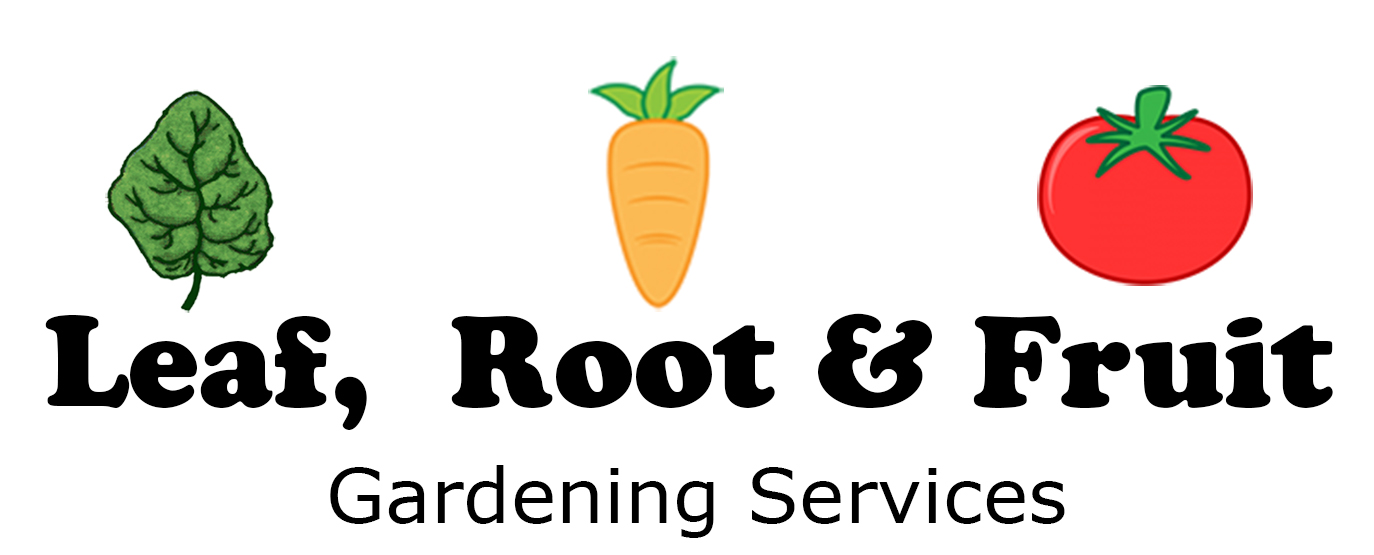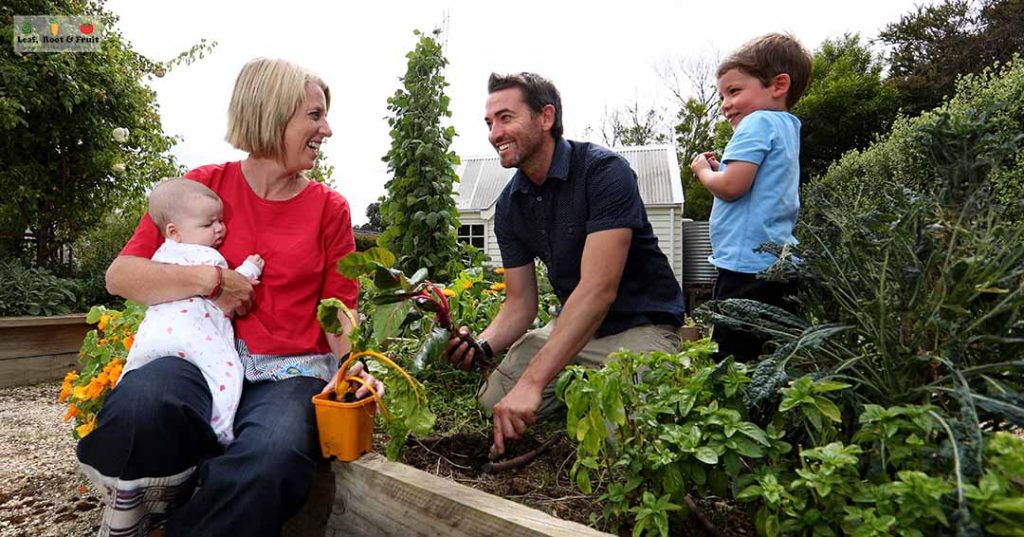
I love growing vegetables. I plant them, I tend them, I harvest them, I eat them, I sometimes even dream about them. Some might even say that I’m obsessed with growing vegetables. That obsession has helped me to learn quite a bit about growing food. You don’t have to be as passionate as me. But with the help of this post you can hopefully enjoy a little bit of success, and that will only lead to more.
Trial and error is a great way to learn things. But it’s also a great way to waste a lot of time and effort. You need to get growing to learn, but I can save you some heartache by pointing you in the right direction first.
One of my favourite aspects of growing food is seasonality. I’ve observed that the garden grows a bit like clockwork. There are certain events that happen at the same time every year. Following Nature’s cues can help ensure your gardening success.
Just as in telling great jokes, when it comes to growing food, timing is everything.
The seasons of a temperate climate
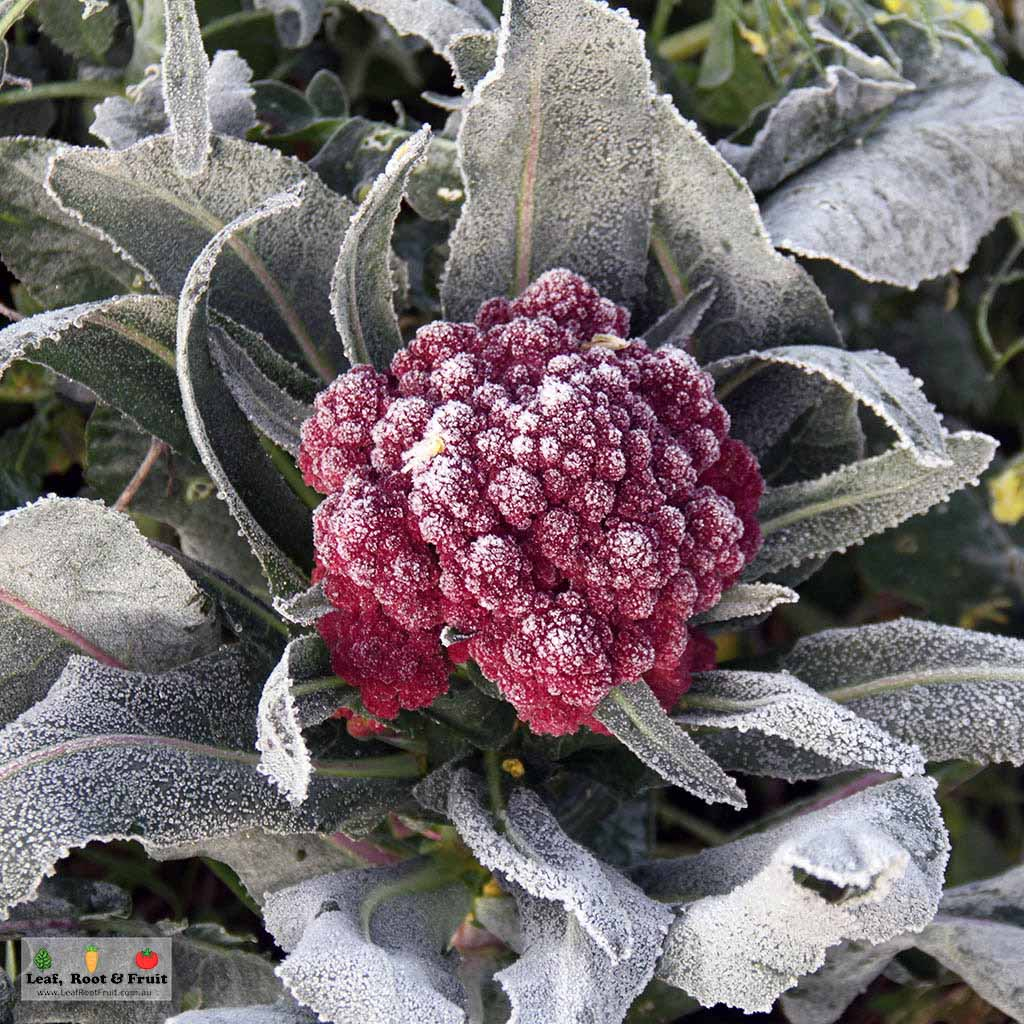
Where do you live? Your location will dictate the weather conditions that you and your garden experience. You can enhance these conditions through the clever use of microclimates but if you live in Melbourne or Adelaide you’re stuck with a warm-temperate climate. I live in a cool-temperate climate in Central Victoria. Because of the harsh winters, my growing season is much shorter than Melbourne folks enjoy. Gardeners in Tasmania or the Adelaide hills have similarly short growing seasons to me.
I could argue about how many seasons we really have in our part of the world. Some say six, others seven. But I’ll keep it simple and use the traditional four seasons for this discussion.
Summer and winter vegetables
Many vegetable plants fit into one of two categories: summer vegetables and winter vegetables.
Summer vegetables produce in summer and early autumn. They are usually planted in spring. Examples are tomatoes, beans and cucumbers.
Winter vegetables produce during the winter and are usually planted in autumn. These include broccoli, cauliflower and garlic.
There are also some vegetables such as lettuce, peas and spring onions that will grow all year round.
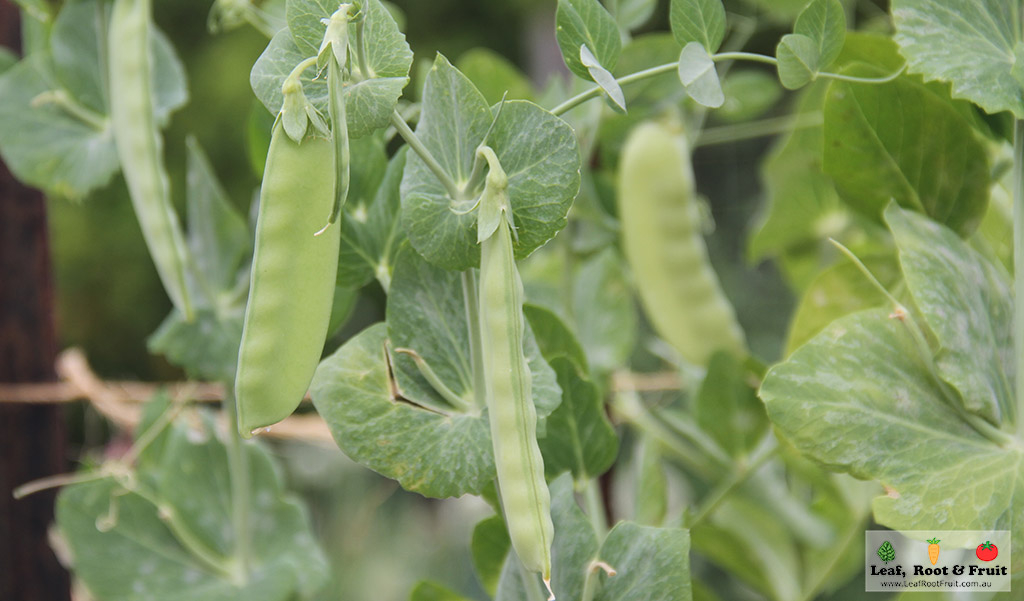
Summer and winter vegetables are annual vegetables. Annual plants tend to grow over a season or two and then die back. You need to keep planting them every year.
Perennial vegetables, on the other hand, keep growing for many years. They’re great because you plant them once and then focus on harvesting. Perennial vegetables include asparagus and rhubarb.
Read lists of summer and winter vegetables.
You can start some crops early, by using a greenhouse. But you don’t need one and I’ve even written about some alternatives to greenhouses that you might like to consider.
Planning your vegetable crops
Vegetable growing is a year-round affair, but there are two peak seasons for planting: autumn and spring. Optimising your planting time can help ensure success. You’ll need to follow a planting guide to help with this. The back of seed packets can be a good indication of when to plant crops. You can also sign up to my newsletter to receive a planting guide straight to your inbox. Find and read my planting guide for the current month here.
What should you grow? If you’re new to gardening or have limited space then focus on the leafy greens such as lettuce, spinach and lots of culinary herbs. You may notice that the logo for my business is a traffic light system – the colours refer to how easy various fruits and vegetables are to grow. Read more about my Philosophy of Edible Gardening to understand where the roots and fruits fit in.
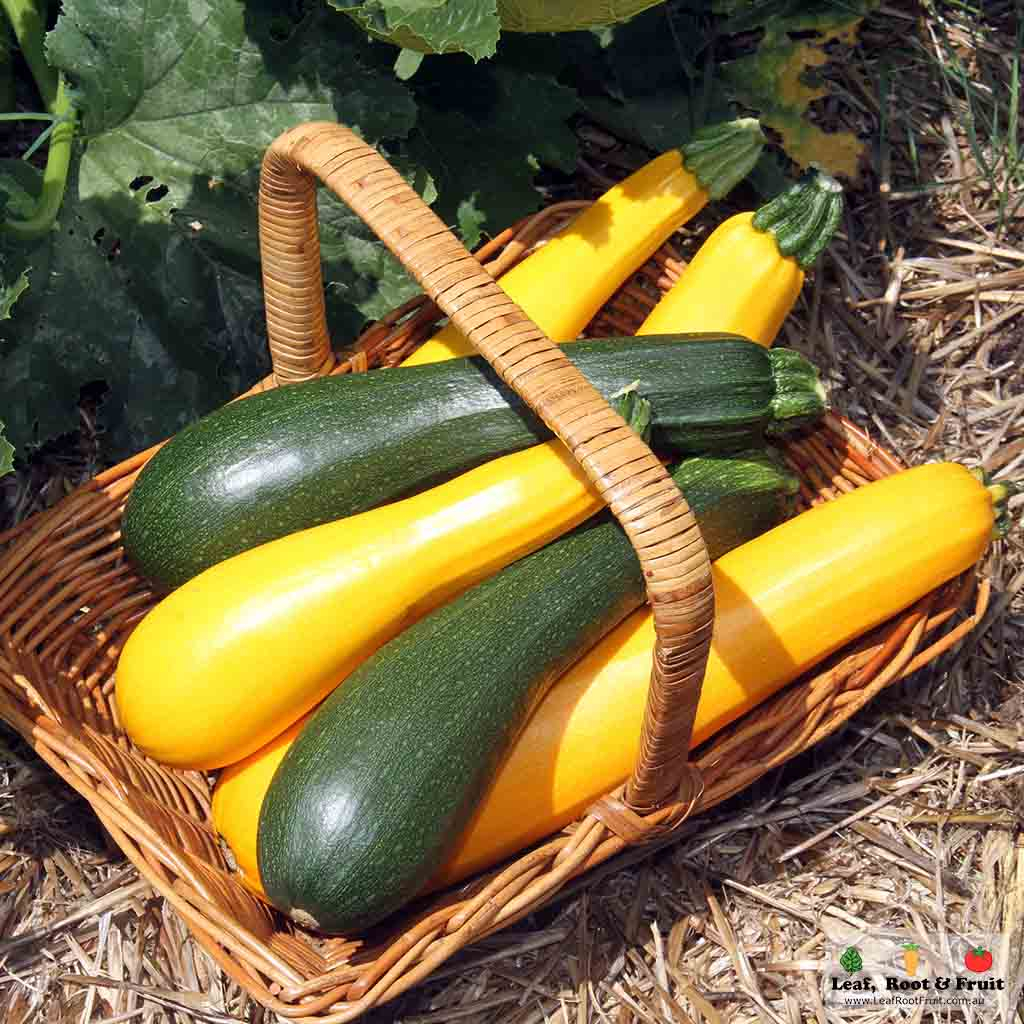
Try to avoid gluts by planting just the right amount of each plant. I now have a one zucchini plant rule in our household to help with this. Succession planting can be the key to ensuring a longer harvest period for crops such as peas, sweetcorn and lettuce.
Good record keeping will help to ensure that your vegetable garden is more and more successful year by year. You may even start to develop your own phenological calendar from your records. For example, I always look to sow my tomato seeds when the Silver Wattle (Acacia dealbata) is flowering.
Time to get planting
Once you’ve worked out what to plant, and when, you need to get planting. Firstly, are you sowing seeds directly? Or sowing them in pots to start them early and then transplanting them into the soil later?
If you’re not starting your patch from seeds, jump the gun and buy seedlings instead. This means you don’t have to worry about germination. Just be aware that seedlings are more expensive than growing from seed and can cause complications, such as stress, which triggers broccoli seedlings to produce tiny florets (number six in my list of top ten mistakes).
Regardless of whether you are planting seedlings or seeds, the most critical aspect of growing your own food is the variety that you choose to plant. Some varieties are better at resisting diseases, some yield better than others, some suit different climates and most importantly some are tastier than others. My post on selecting seeds to grow is possibly the most important post that I’ve ever written.
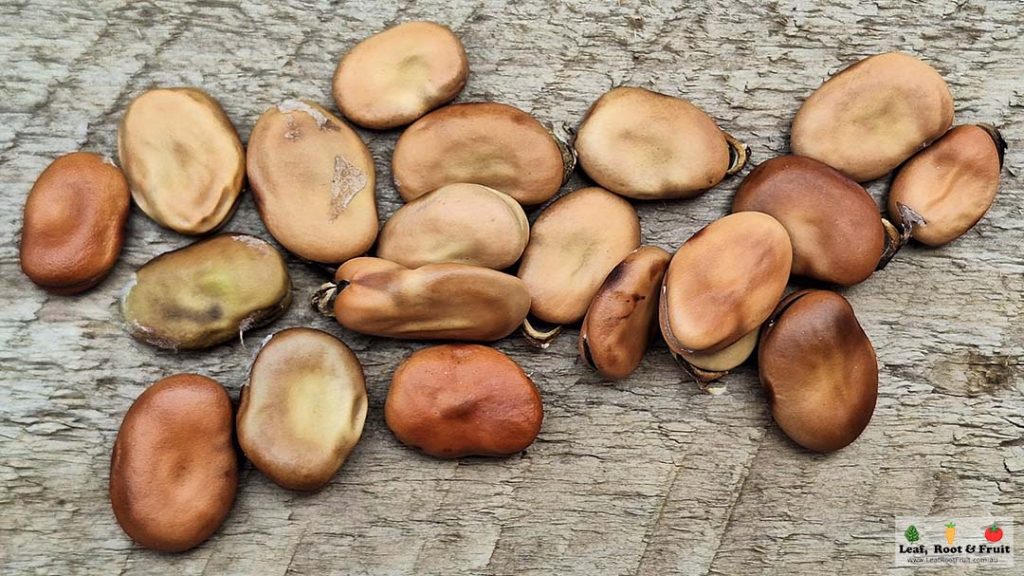
I’ve written a few different posts about planting vegetables:
What kind of gardener are you? Chaotic or orderly?
You’ll need to decide whether to plant in nice, neat rows, or cram in as much as you can with a planting layout more in keeping with nature. I tend to start planting in rows but chaos almost inevitably descends anyway. More on vegetable patch layout and spacing here
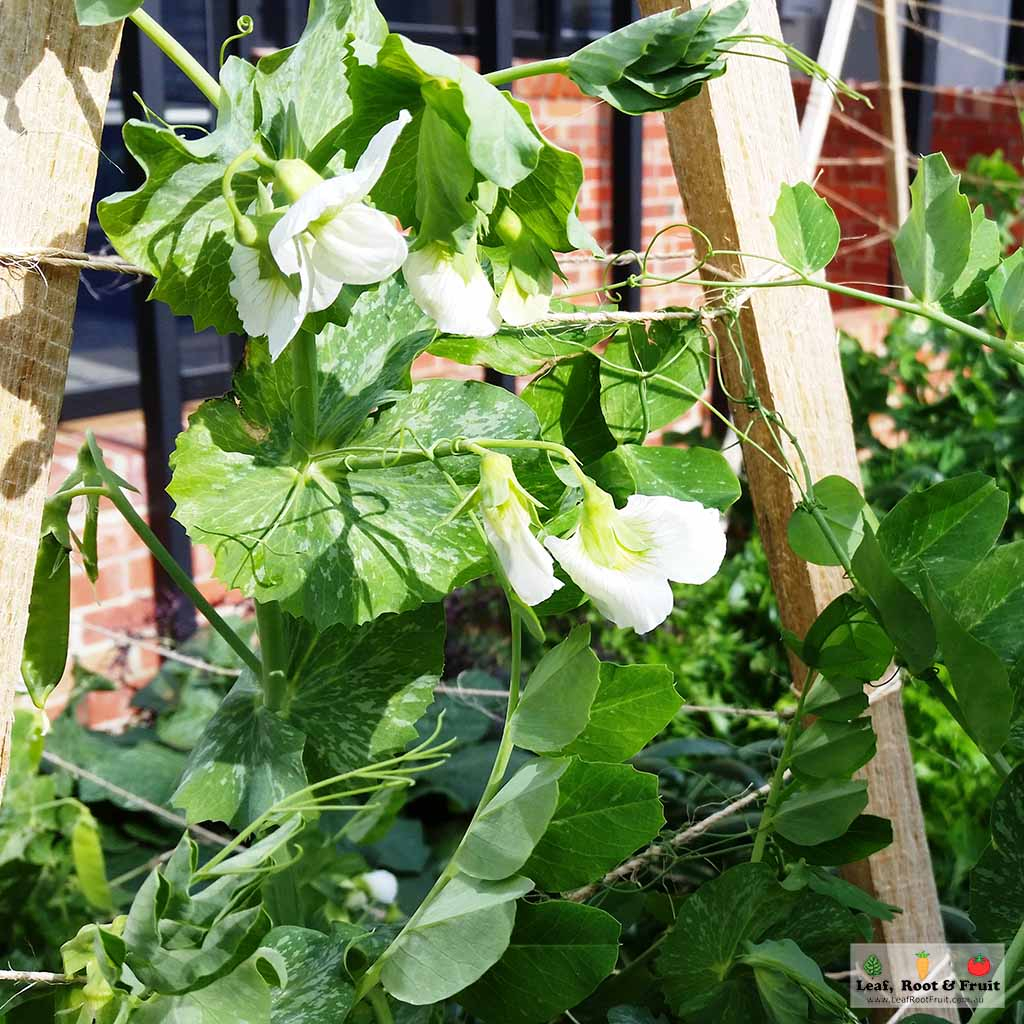
Some of your vegetables will need ongoing support in the form of trellises. There are loads of different trellis options and some varieties of vegetables need more support than others. For example, dwarf peas don’t need any trellis, but telephone peas will.
Ongoing care of your vegetables
Plants vary in their requirements but all require water to some degree. Vegetables are a thirsty bunch of plants. They need plenty of water to thrive. If you forget to water then your crops could struggle, or even die.
How often do you need to water? That depends on many factors including recent rainfall, soil type, how established the vegetables are, how windy it has been, how hot is has been, and, and, and… In short, there’s no easy answer to this question.
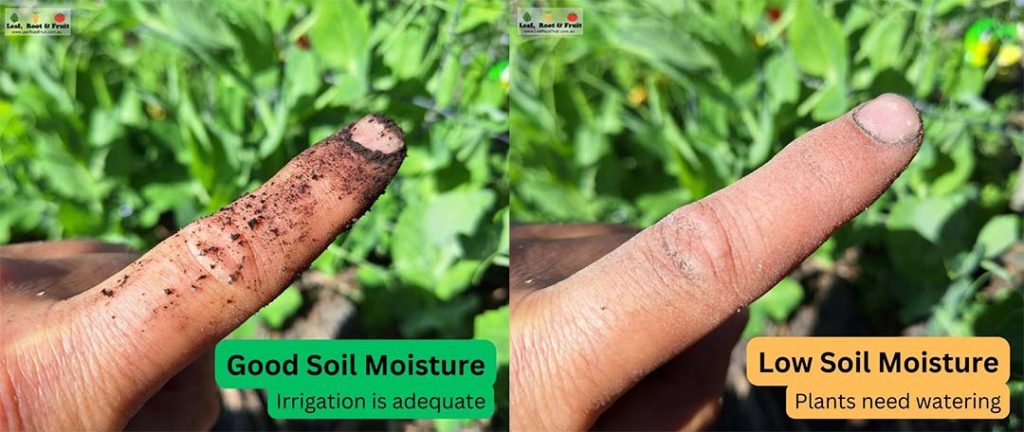
You can read more about watering and irrigating the vegetable patch here.
While we’re on the topic of soil moisture, you might want to consider mulching some of your crops. I’m not usually one for mulching my vegetable patch, but in the right circumstances it can cut down water loss and reduce weeds. Whatever you do, avoid sugar cane mulch, as I find it attracts too many slugs. More on mulch choices for the vegetable patch and when to use it here.
Want to know more?
This post is a very quick overview to help you plant your vegetable patch. I could go into so much more detail for you… and I have!
My gardening series Vegetable Patch from Scratch is designed to help everyone from complete novices to seasoned gardeners to get more productivity from their vegetable patch with less effort.
It covers everything you might want to know about growing vegetables, including:
- working out where to put your patch
- how to set it up
- planting and tending your crops
- common problems
- harvesting and preserving.
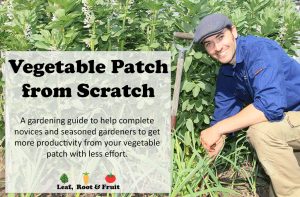
Head along to the first post of the series to learn more about where to put your patch. The index lists all 39 posts if you’re looking to read up on something specific.
Happy gardening
Duncan

